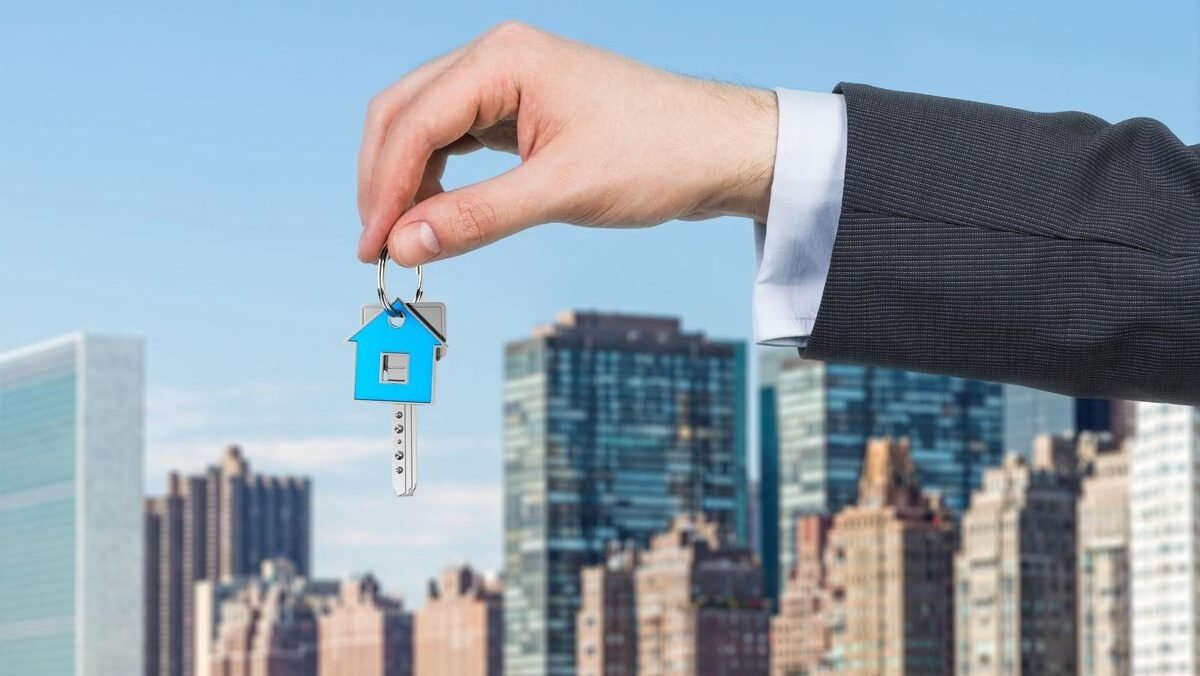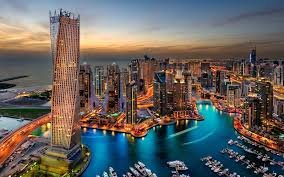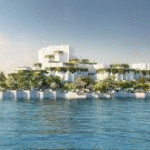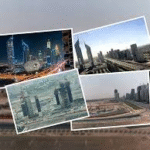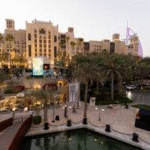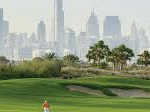Now Reading: Sustainability in UAE Real Estate: Green Building Trends in 2025
-
01
Sustainability in UAE Real Estate: Green Building Trends in 2025
Sustainability in UAE Real Estate: Green Building Trends in 2025

Table of Contents
INRODUCTION
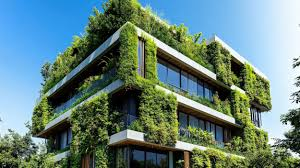
The UAE’s commitment to sustainability is increasingly shaping its real estate landscape, driven by government initiatives like the UAE Net Zero by 2050 strategic initiative and a growing global consciousness among investors and residents, including those attracted by programs like the Golden Visa. For 2025, several green building trends are prominent
Enhanced Green Building Regulations and Certifications:
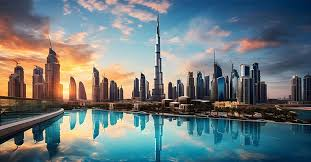
-
- Stricter Codes: Expect continued enforcement and potential enhancements of existing green building codes such as Dubai’s Green Building Regulations and Abu Dhabi’s Estidama Pearl Rating System. These codes mandate specific sustainability criteria for new constructions.
- International Standards Adoption: Increased adoption of international green building certifications like LEED (Leadership in Energy and Environmental Design) and BREEAM (Building Research Establishment Environmental Assessment Method) alongside local standards, catering to a global investor base.
- Focus on Energy Efficiency:
- Renewable Energy Integration: A significant push for solar photovoltaic (PV) panel installations on new and existing buildings. Building Integrated Photovoltaics (BIPV) might see more innovative applications.
- High-Performance Building Envelopes: Use of advanced insulation, high-performance glazing, and cool roof technologies to reduce heat gain and lower cooling demands, which constitute a major part of energy consumption in the region.
- Smart HVAC and Lighting: Widespread adoption of energy-efficient HVAC (Heating, Ventilation, and Air Conditioning) systems with smart controls and LED lighting solutions coupled with automated dimming and occupancy sensors.
- Water Conservation and Management:
- Advanced Irrigation: Use of smart irrigation systems and drought-tolerant landscaping (xeriscaping) to minimize water use in outdoor spaces.
- Greywater Recycling and Water-Efficient Fixtures: Increased implementation of greywater recycling systems for non-potable uses (e.g., irrigation, toilet flushing) and the standard use of low-flow water fixtures.
- Rainwater Harvesting: While rainfall is scarce, designs may increasingly incorporate systems for capturing and utilizing whatever precipitation occurs.
- Sustainable and Healthy Materials:
- Low-Impact Materials: Greater emphasis on using locally sourced, recycled-content, and rapidly renewable materials to reduce embodied carbon and support the local economy.
- Low-VOC Products: Prioritizing materials and finishes with low Volatile Organic Compound (VOC) emissions to improve indoor air quality, crucial for health and well-being.
- Timber in Construction: Exploration and cautious adoption of sustainable timber and engineered wood products, like Cross-Laminated Timber (CLT), in certain types of construction, where regulations and climate permit.
- Smart Building Technology and IoT:
- Integrated Building Management Systems (BMS): Sophisticated BMS that use IoT sensors and AI to optimize energy consumption, water usage, and operational efficiency in real-time.
- Data Analytics for Performance: Utilizing building performance data to identify areas for improvement and ensure sustained efficiency.
- Circular Economy Principles in Construction:
- Waste Reduction and Recycling: Stricter protocols for construction and demolition (C&D) waste management, focusing on segregation, recycling, and reuse of materials.
- Designing for Disassembly: Future-thinking designs that allow for easier deconstruction and material recovery at the end of a building’s life.
- Wellness and Biophilic Design:
- Enhanced Indoor Environmental Quality (IEQ): Beyond energy, a strong focus on occupant health through improved air filtration, increased natural light, thermal comfort, and acoustic performance.
- Biophilic Design: Incorporating natural elements like green walls, indoor plants, natural materials, and views of nature to enhance occupant well-being and productivity. This is particularly appealing to the lifestyle-oriented Golden Visa holders.
- Green Finance and Investment:
- Growth in Green Loans and Bonds: Financial institutions are likely to offer more green financing options for developers and buyers of sustainable properties, incentivizing green development.
- ESG (Environmental, Social, Governance) Considerations: ESG criteria are becoming increasingly important for institutional investors, driving demand for verifiably sustainable real estate assets.
CONCLUSION
These trends reflect the UAE’s ambition to be a leader in sustainable development, creating urban environments that are not only economically vibrant but also environmentally responsible and offer a high quality of life for residents. The push for sustainability aligns well with attracting long-term residents and investors through initiatives like the Golden Visa, as it enhances the overall value proposition of living and investing in the UAE.
WATCH MORE: https://www.youtube.com/watch?v=_qQbjbScaX4
READ MORE: Golden Visa Program: How It’s Shaping the UAE Real Estate Landscape in 2025



